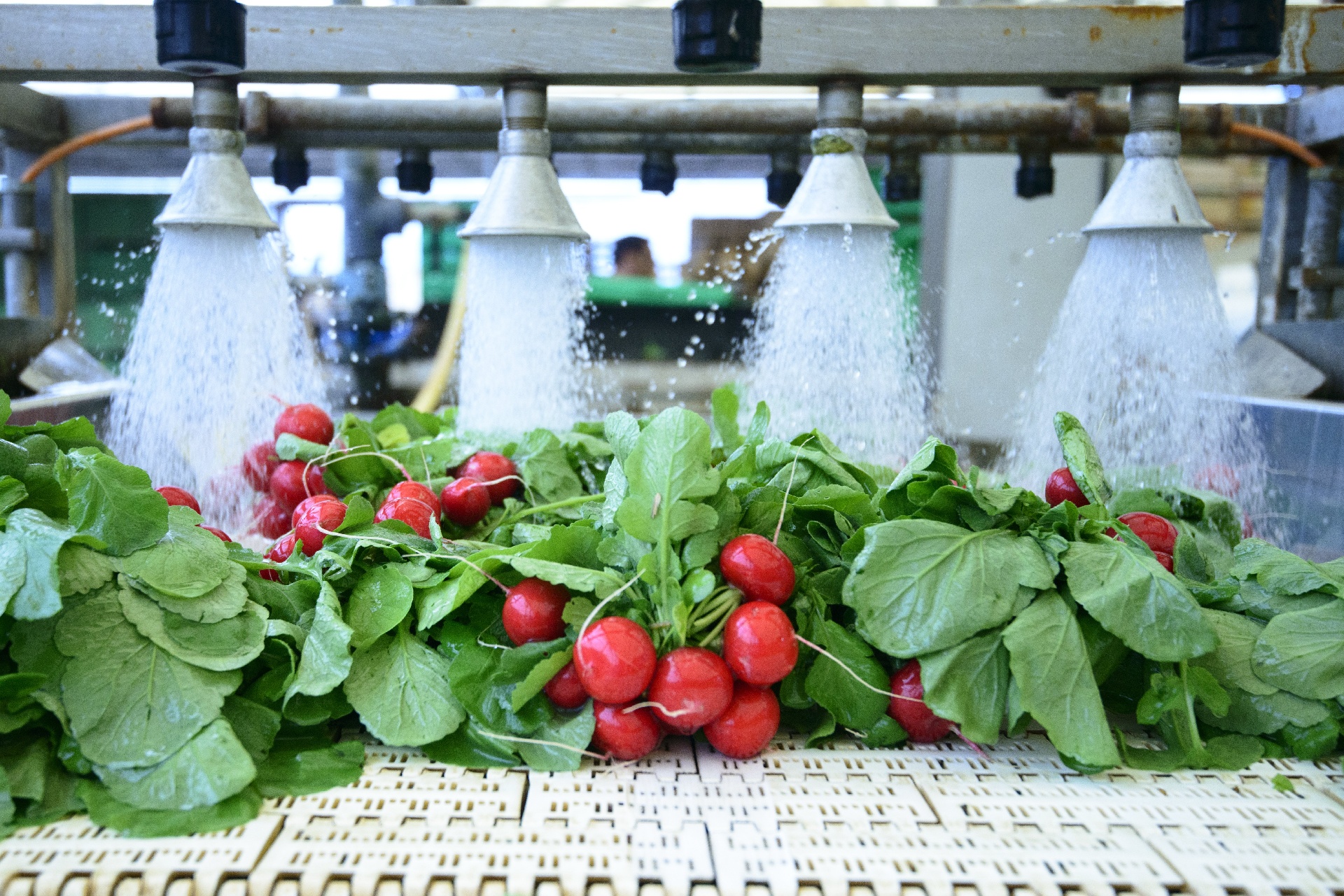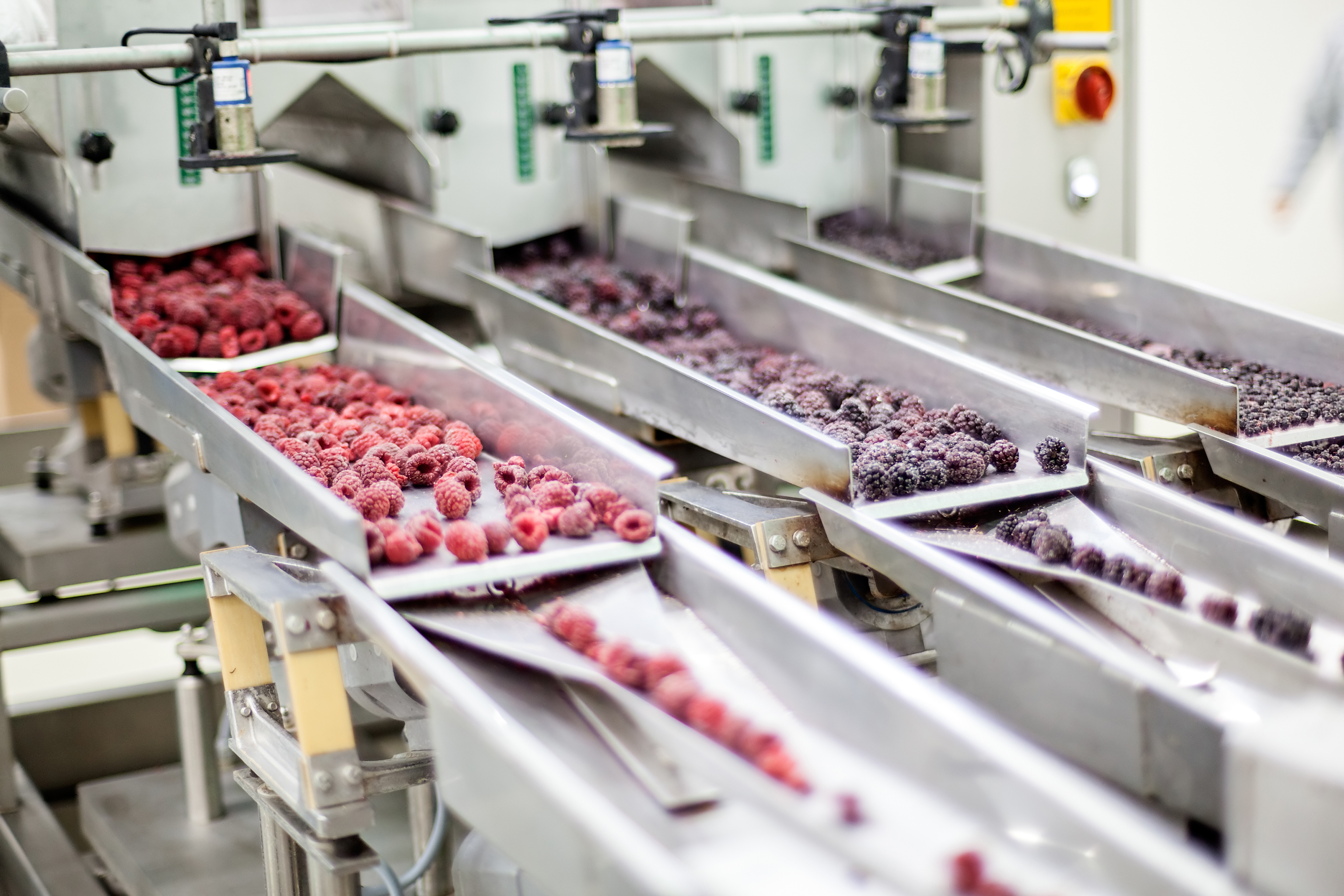When IGD recently interviewed FMCG manufacturers for our profitability study, the message couldn’t have been clearer: industry leaders say they now view planning and forecasting as central to their quest for profitability.
It’s not hard to see why.
Global supply issues and volatile consumer demand are sucking the life out of supply chain teams and impacting business resilience. Normal planning rhythms have been lost; data that could once be trusted to guide quarterly and yearly decision-making has ceased being reliable. And post-Brexit and post-Covid, the ready supply of cheap, flexible labour that used to help the industry paper over the cracks is gone.
In response, supply chain leaders are having to resort to heavy-handed coping mechanisms, which are driving inefficiencies and waste. “We overbook suppliers to cope with failure, hold more stock and retain more people,” one leader told IGD. Another added: “Because things change so quickly, we’ve become great executors but need to be great planners.”
Manufacturers know they must develop new capabilities to predict and adapt to emerging trends, competitors and geopolitical events. The need for real-time, end-to-end visibility is increasing at pace, but often requires further digitalisation and systems upgrades to take place.
Investment in technology, IT infrastructure and data science solutions is therefore high on the agenda. Looking through the responses to our IGD profitability study, it was striking to see industry leaders talk about the need to invest in resilience and highlight the role of technology such as AI-enabled supply chain planning and digital twinning.
We believe this is encouraging, but also requires a pause for thought.
Data science and digital technology have an important role to play in improving planning and supply chain resilience, but they are not magic fixes. Before embarking on massive systems and data expansion, having the right culture, process and data quality is an essential first step.
Is your sales and operational planning fit for purpose?
Planning and forecasting success ultimately relies on the relationship between commercial and supply chain teams. The businesses who are succeeding right now are not the ones with the fanciest tech, but those with the most constructive dialogue between commercial and supply chain teams.
Our advice to manufacturers is clear: before you’re tempted to spend Capex on a data science or planning project, look at the fundamentals of your sales and operational planning (S&OP) process. Just how collaboratively are your commercial and supply chain teams working? Do you have a forum where there’s constructive dialogue based on data-driven insights and aligned KPIs?
As an example, we worked with a major branded FMCG business which throughout Covid was sold out of their most profitable and unique SKU. On closer examination, there was spare packing capacity in the factory which could have unlocked additional sales, but would have required the re-commissioning of an older, less efficient packing machine. The operations team’s KPI was cost – not sales – and so the line remained at capacity, bottlenecked by packing and constraining sales.
Rigour, data quality and the right processes can go a long way to improving efficiency and, crucially, lay the foundations for digitally-enabled progress further down the line. If your teams are currently exporting from SAP into a spreadsheet which then gets emailed to someone to do something else, let’s start by finding a more effective – and reliable – way to do that.
Looking beyond your own factory walls
Once manufacturers have put their own house in order through good S&OP, good collaboration between commercial and supply chain teams, and timely and accurate data, it’s time to think more ambitiously.
Our research with IGD flagged lots of opportunity to improve planning and forecasting through closer relationships between retailers and suppliers. “Business partner alignment is key,” one FMCG leader told IGD. “We need improved data-sharing for anything that a machine can’t learn.”
This is where data science comes into play. Manufacturers will need data science expertise and the right systems to support effective data-sharing beyond their own factory walls. We also see a growing requirement to upskill supplier teams on data analysis and data-based storytelling. Often, manufacturers have rich data already – they just don’t know how to codify their insights and articulate them to retailers.
One vertically integrated pork business we worked with used their insights into historical promotions to better inform their retail clients about their promotions strategy. What’s more, they used bespoke digital tools to back-flush that all the way to establishing pig and raw material demand throughout their business, months in advance.
This level of collaboration is rare and it’s a big opportunity.
Of course, even the best planning can’t protect against unexpected changes and issues. There is still a need to set up your supply chain in a way that allows you to react quickly. Manufacturers who have done this have fared better over the last three years.
"
This level of collaboration is rare and it’s a big opportunity.
"
This is just the start
Beyond better collaboration, the focus should move to supply chain optimisation. We’re talking network design, network optimisation, simulation and digital twinning to improve end-to-end supply chain visibility and achieve greater transparency.
One of our food-to-go clients had good collaboration between different functions but still struggled to manage the complexity in the planning process due to their wide customer base, seasonal product range and changing consumer behaviours. A digital twin helped them accurately predict the impact of choices that were too close to be left to judgement, taking the risk out of decision-making and improving their margin while preserving top-line sales.
This example is evidence that these aren’t buzzwords anymore; they are on the roadmap at the biggest manufacturers already and our IGD research confirms they are moving up the agenda elsewhere. “I finally understand digital twinning to demonstrate the value of new systems and collaboration,” one respondent to our study said.
It’s all tremendously exciting, but the previous caveats apply: you can’t leapfrog the basics.
Wherever you are on your journey, there are three steps to help you win:
- Look again at your foundations of data accuracy, collaboration between functions and make sure that fact, not opinion, is driving decisions
- Collaborate and look for opportunities to work better with customers, sharing data and operational knowledge. Focus on being a valuable partner
- Broaden your horizons and stretch into better, digitally-enabled supply chain optimisation when you’re clear on the value it will add and have the capability to benefit from it
These are just some of the principles we apply when working with supply chain leaders to unlock profitability. We’ll be sharing more of our approach, and diving into more of the findings of our IGD research, in upcoming blogs as well as a whitepaper. To find out how Newton can help you rise to the profitability challenge or learn more about our fee guarantee, contact us at jonathan.pemberthy@newtoneurope.com
Manufacturing
How supply chain leaders can rise to the profitability challenge
The combined effects of Brexit, Covid, the Ukraine war and soaring inflation have left supply chains under unprecedented strain. Relationships between retailers and suppliers are particularly challenged. Margins are being squeezed like never before.
Manufacturing
How to get buy-in for supply chain investment at a time of uncertainty
Newton recently worked with Solutions by IGD to explore the profitability challenges facing FMCG manufacturers. Investment inertia emerged as a common problem. Explore how supply chain leaders can invest with confidence and get c-suite buy-in during uncertain times.
Retail
The search for profitability - perspectives from food & drink industry leaders
In November, Newton partnered with IGD on the Industry Leaders forum where over 30 senior food and drink leaders came together to discuss research undertaken by Solutions from IGD for Newton on - The search for profitability: unlocking hidden opportunities in the supply chain.








